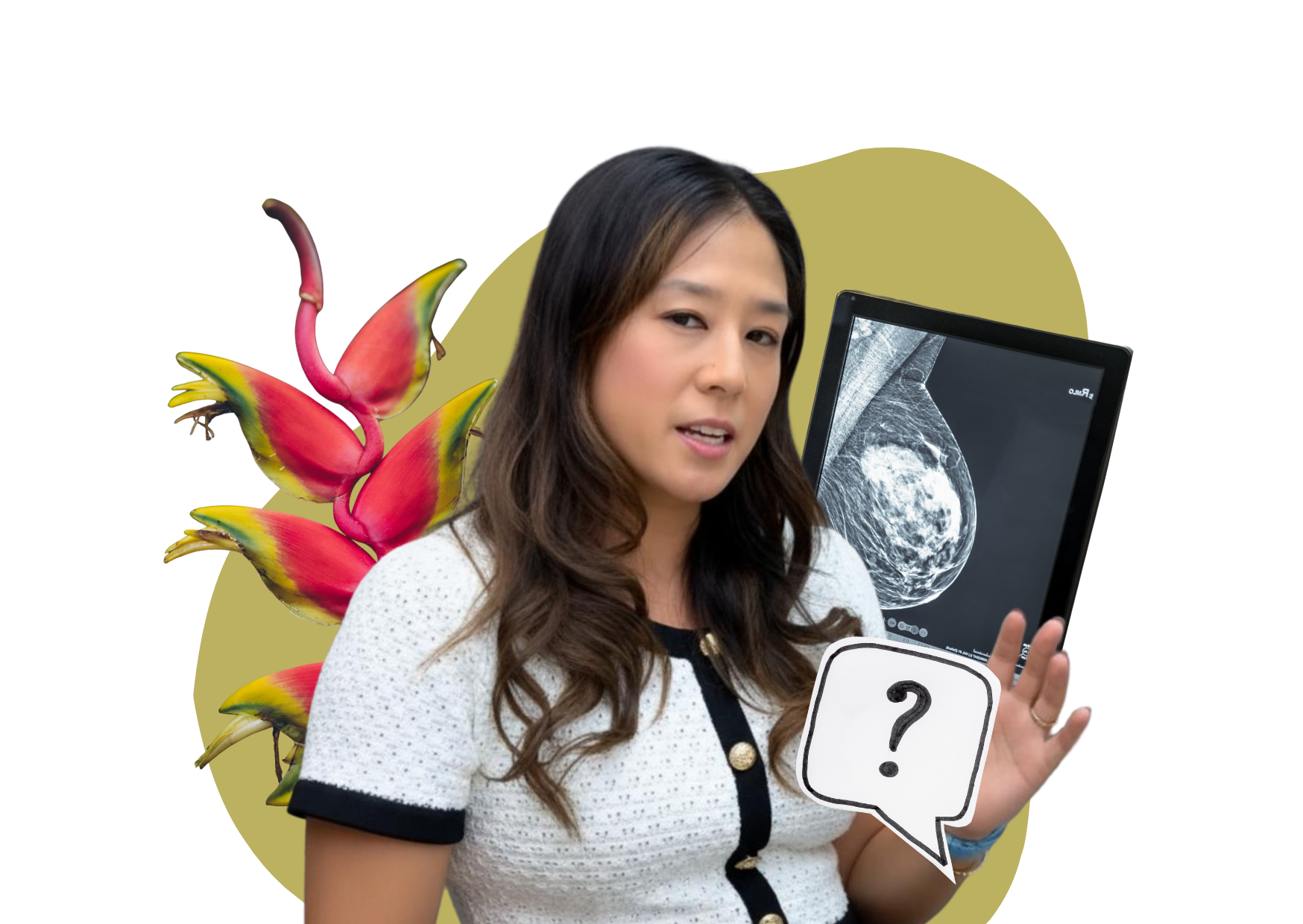How to Lose Weight in Perimenopause: A Doctor’s Guide to Sustainable Results
.png)
August 20, 2025
How to Lose Weight in Perimenopause: A Doctor’s Guide to Sustainable Results
Losing weight in perimenopause is one of the most frustrating, worrisome, and depressing issues for women in their 40s and up. A recent Vogue article powerfully highlights the frustration and challenges that so many women continue to face regarding their body image — at the same time they are dealing with hot flashes and the usual perimenopause symptoms.
That’s enough to drive anyone crazy.
Why Diet and Exercise Stop Working
The cycle — for me and my patients — tends to be the same:
I eat well.
I watch my diet.
I cut out carbs, cheese, AND alcohol.
I do intermittent fasting.
I exercise 5 to 6 times a week.
I lift weights.
I walk 5,000 to 10,000 steps a day.
I have given up on all joyful things (just kidding — or not really).
And the scale NEVER moves!
Here’s the thing: these results depend on multiple factors that go beyond your dieting and weightlifting.
As women in perimenopause, we’re losing small amounts of muscle mass and bone density. At the same time, our lifestyle is filled with carpooling, work commitments, and all kinds of mental load — which means constant fatigue, leading to less exercise.
On top of that, we sit at desks more than ever. Our mood is changing, which affects our relationships, which in turn increases stress levels and disrupts sleep. Therefore, cortisol goes up and our entire metabolism shifts.
Now add glucose intolerance to all of that — how our body processes sugar. This leads to bloating in our midriff area. And that’s when you can hear someone saying: None of my clothes fit correctly. I have never stored fat here before!
Baby Steps Toward Change
So, how do we change this?
Just like the problem, the solution depends on multiple factors. I always remind my patients to take baby steps for more sustainable results. Here’s what I recommend:
- Find the easiest thing to add to your routine: whether that is more protein, more daily steps, or 1 additional hour of sleep.
- Later, repeat the above step but approach something different (e.g., if you did sleep first, now focus on daily steps).
- Don’t do all the changes at once — it isn’t sustainable.
Tools and Treatments That Can Help
Glucose monitors are amazing — we recommend the Lingo CGM by Abbott. They help identify your diet triggers and show in real time how lifestyle changes affect how your body processes sugars.
Add in some weights to your routine. I say this toward the end because it requires the most effort and commitment. It is one of the most important habits, but also the hardest to start and maintain (for me as well!).
Lastly, consider trying GLP-1 and hormone replacement therapy (HRT). According to some studies, adding a GLP-1 enhances weight loss when combined with HRT (rather than used alone). This is especially important for patients with prediabetes, diabetes, high blood pressure, high cholesterol, sleep apnea, higher BMIs, and multiple other metabolic or chronic diseases.
If you’re interested in trying the Lingo glucose monitor, use the code ABNTP-Hnv03 for a 10% discount at checkout (not sponsored!).
And if you want some professional guidance to lose weight while in perimenopause, come see us at Gliss! Check our Weight Loss package at our Services page, or you can book a 15-min FREE virtual consultation with us to see if we’re the right fit for you.
Resources:
Anderer, S. (2025). “GLP-1 Medications May Lower Dementia Risk, Research Shows”. https://jamanetwork.com/journals/jama/article-abstract/2833663
Lin, H. et al (2025). “Neurodegeneration and Stroke After Semaglutide and Tirzepatide in Patients With Diabetes and Obesity”.
.png)

The Ultimate Guide to Lubricants and Vaginal Moisturizers
Hormones and Hellfire Ep. 3: What Really Happens in Pelvic Floor Physical Therapy
Hormones and Hellfire Ep. 2: What Every Woman Needs to Know About Mammograms
Real Talk, No Filter
Join our newsletter, where we talk about perimenopause, hormones, sexual health, and everything else!


